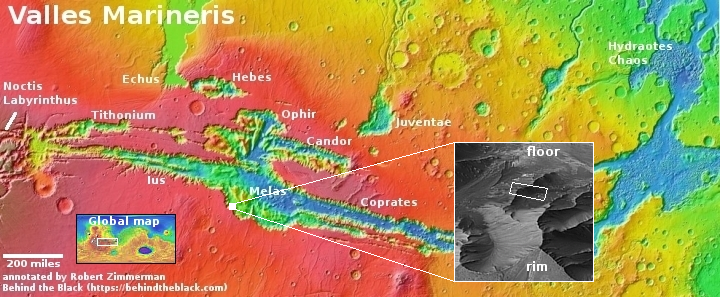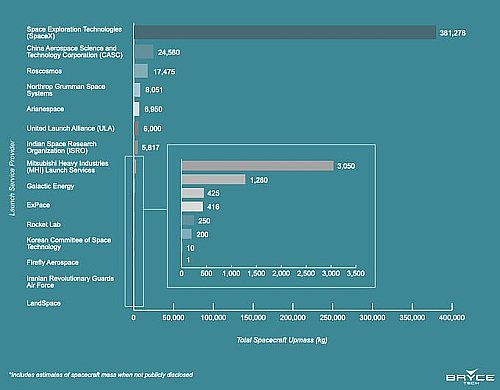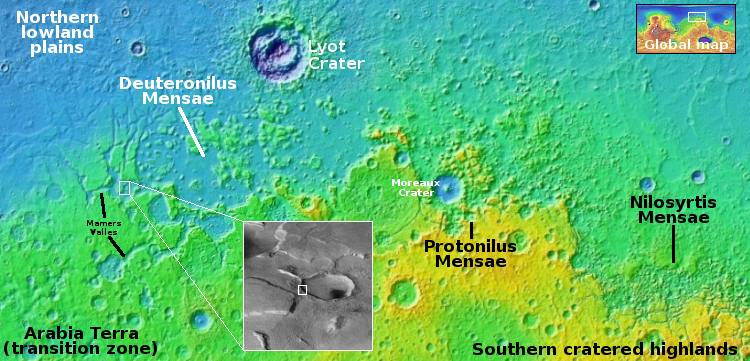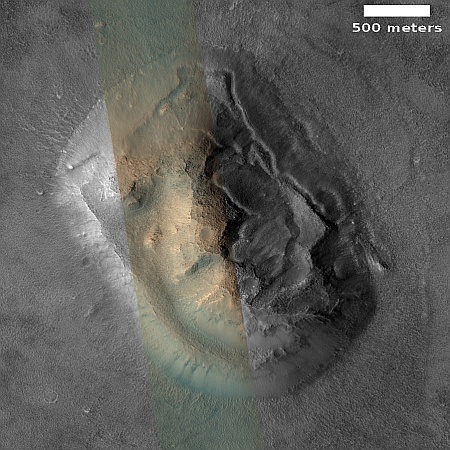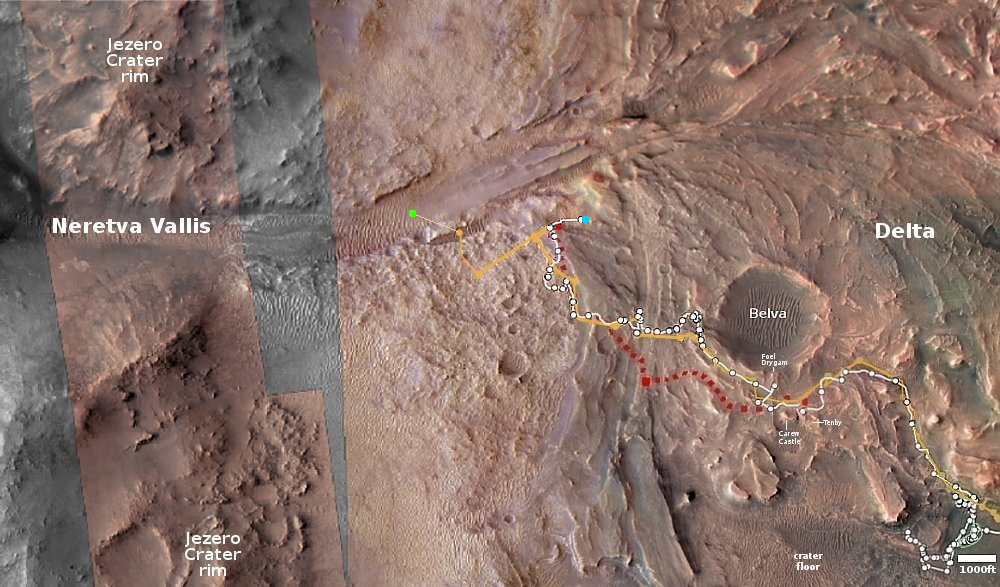Galaxies in a row
Cool image time from Hubble! The picture to the right, cropped, reduced, and sharpened to post here, was taken by the Hubble Space Telescope as part of a survey of nearby “pecular” galaxies. What makes it unusual is the line of distant galaxies below the largest on the left.
The wonderful quality of this image also reveals several further galaxies, not associated with this system but fortuitously positioned in such a way that they appear to be forming a line that approaches the leftmost (in this image) component of Arp-Madore 2105-332, which is known individually as 2MASX J21080752-3314337. The rightmost galaxy, meanwhile, is known as 2MASX J21080362-3313196. These hefty names do not lend themselves to easy memorisation, but they do actually contain valuable information: they are coordinates in the right ascension and declination system used widely by astronomers to locate astronomical objects.
Both larger galaxies are thought to be about 200 million light years away, with the smaller ones far more distant. If you look at the full resolution image, you will see that there are at least six galaxies in that line, one that appears to be an elliptical galaxy with all the rest a variety of different types of spiral galaxies. The detail provided by Hubble is truly astonishing.
Though they are not linked to the larger galaxies, it is not clear if they are linked to each other.
Cool image time from Hubble! The picture to the right, cropped, reduced, and sharpened to post here, was taken by the Hubble Space Telescope as part of a survey of nearby “pecular” galaxies. What makes it unusual is the line of distant galaxies below the largest on the left.
The wonderful quality of this image also reveals several further galaxies, not associated with this system but fortuitously positioned in such a way that they appear to be forming a line that approaches the leftmost (in this image) component of Arp-Madore 2105-332, which is known individually as 2MASX J21080752-3314337. The rightmost galaxy, meanwhile, is known as 2MASX J21080362-3313196. These hefty names do not lend themselves to easy memorisation, but they do actually contain valuable information: they are coordinates in the right ascension and declination system used widely by astronomers to locate astronomical objects.
Both larger galaxies are thought to be about 200 million light years away, with the smaller ones far more distant. If you look at the full resolution image, you will see that there are at least six galaxies in that line, one that appears to be an elliptical galaxy with all the rest a variety of different types of spiral galaxies. The detail provided by Hubble is truly astonishing.
Though they are not linked to the larger galaxies, it is not clear if they are linked to each other.




